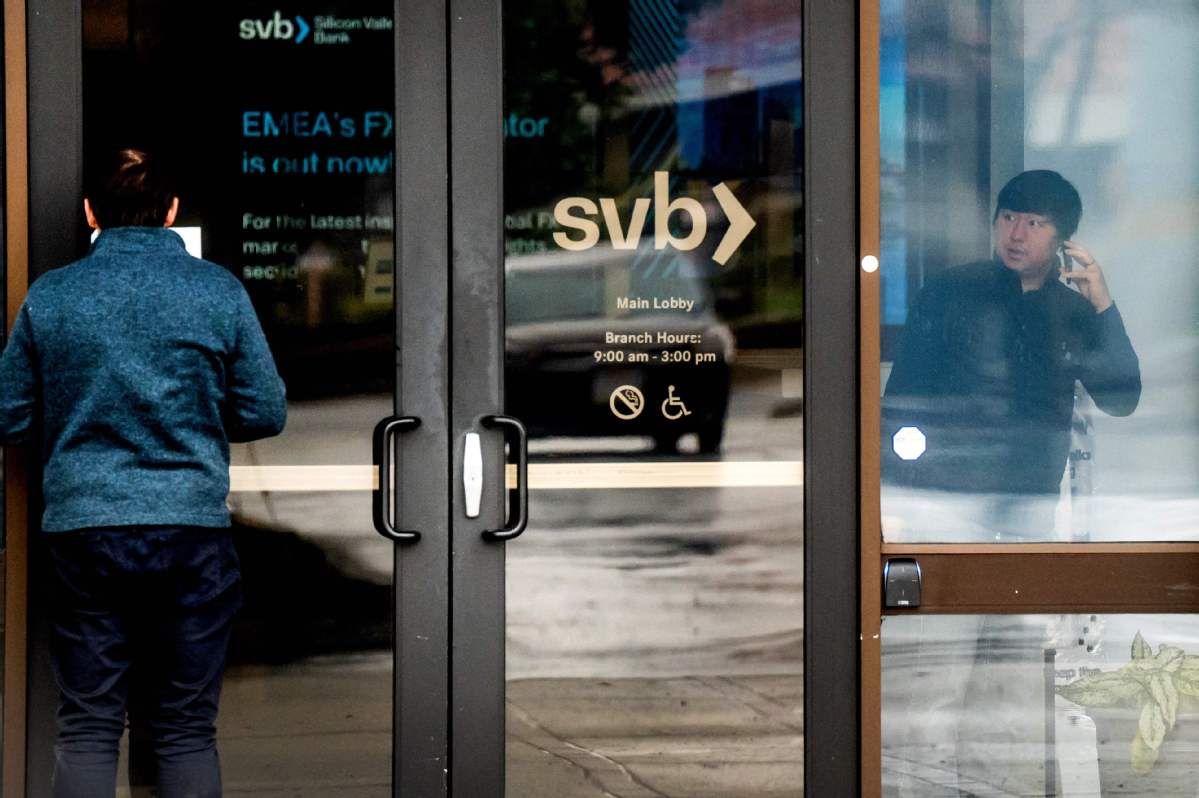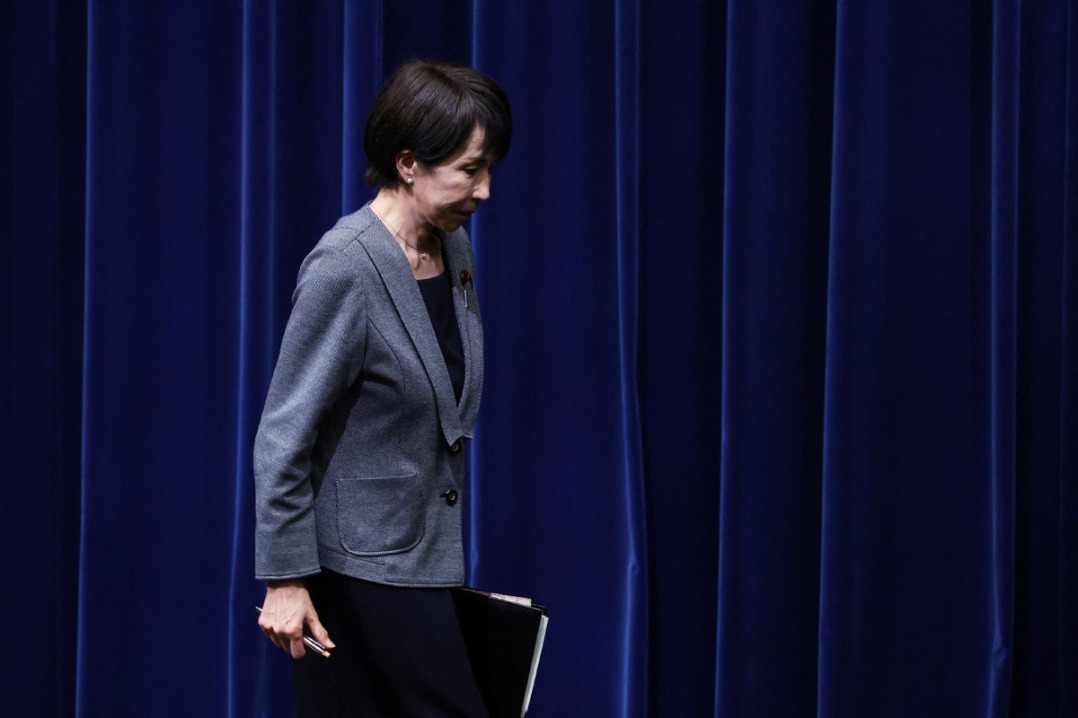Fed handled SVB well, but it isn't a firefighter


US officials said on Monday that Silicon Valley Bank account-holders will be able to withdraw money from the next day, following the government's efforts to shore up deposits and stem the broader financial fallout of the bank's collapse.
US Treasury Secretary Janet Yellen, Federal Reserve Chairman Jerome Powell and Federal Deposit Insurance Corporation Chairman Martin Gruenberg issued a joint statement approving the FDIC's decision after consulting President Joe Biden. In so doing, financial regulators in the United States have sent a clear message that they want to bail out depositors, not the failed bank.
The fallout from SVB's collapse should be manageable unlike the 2008 Lehman Brothers crisis. The SVB's rapid collapse has come as a huge shock, but a large-scale run has been avoided and the security of depositors' capital has been basically guaranteed. Moreover, the SVB is a commercial bank under tighter risk controls, not an investment bank like Lehman Brothers.
What it is facing is a liquidity crisis caused by higher interest rates of short- and medium-term US bonds than long-term bonds, and there is no problem with its self-held assets. If a financially capable buyer intervenes, the problems can be resolved, ending market panic.
The Fed's announcement that it will provide additional funds for up to a year suggests it has noticed structural risks underlying this liquidity crisis for commercial banks. In fact, the SVB's collapse is a wake-up call for the Fed. If a commercial bank like SVB, which holds high-quality assets such as US treasuries, goes bust, it is difficult not to blame the financial authority.
In just three years, the Fed's shift from drastic interest rate cuts to aggressive rate hikes has increased market risks. SVB is an isolated case, but such risks exist and not addressing them is risky.
Experience shows that sharp turns by central banks in interest rate policies — in Japan in the 1980s and the US during the subprime crisis — bring more losses than gains. The Fed has shown professionalism in putting out the SVB fire, but it is the Fed's drastic interest rate policies in violation of market rules that created structural risks. The Fed's role shift from "arsonist" to "firefighter" is not a feat to boast about. The Fed must respect the market and exercise power with self-restraint.


































